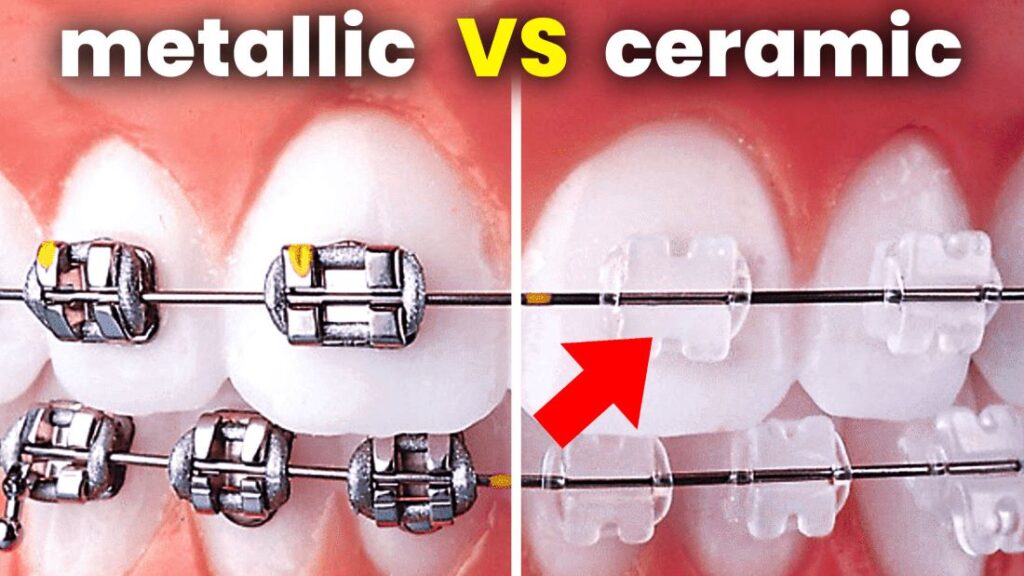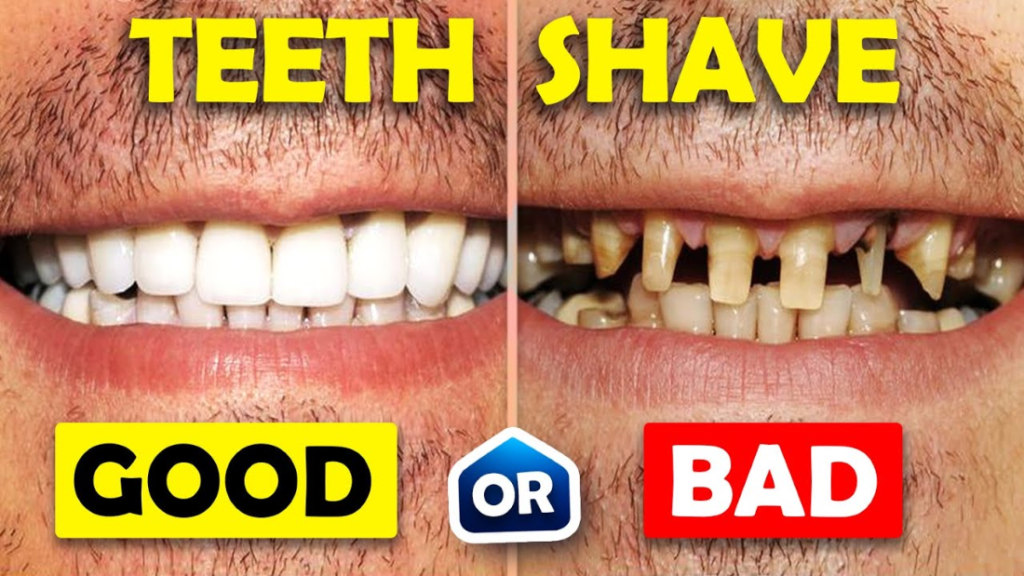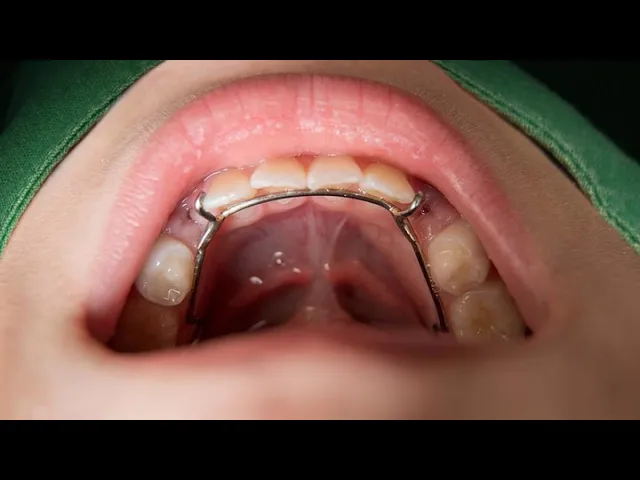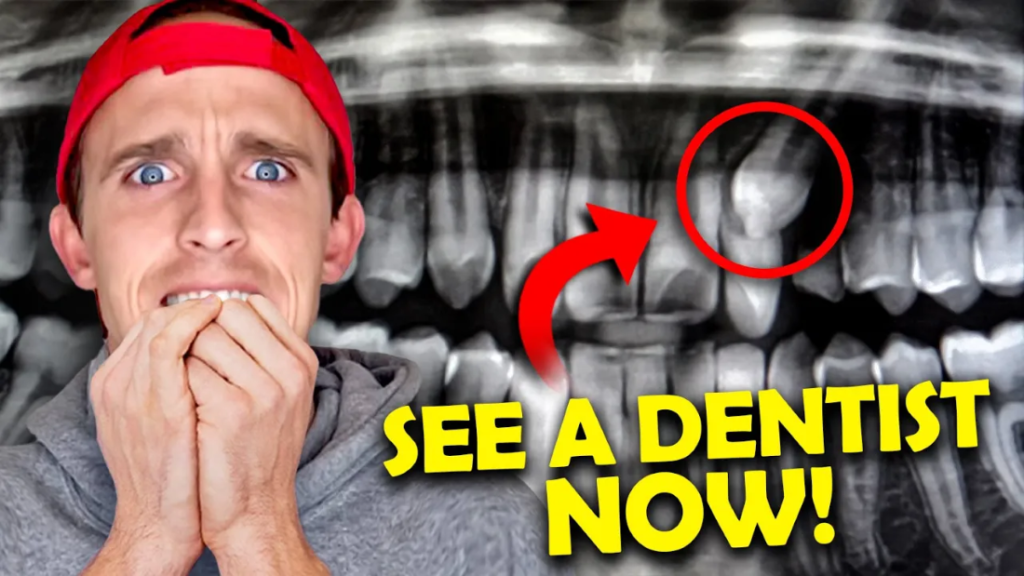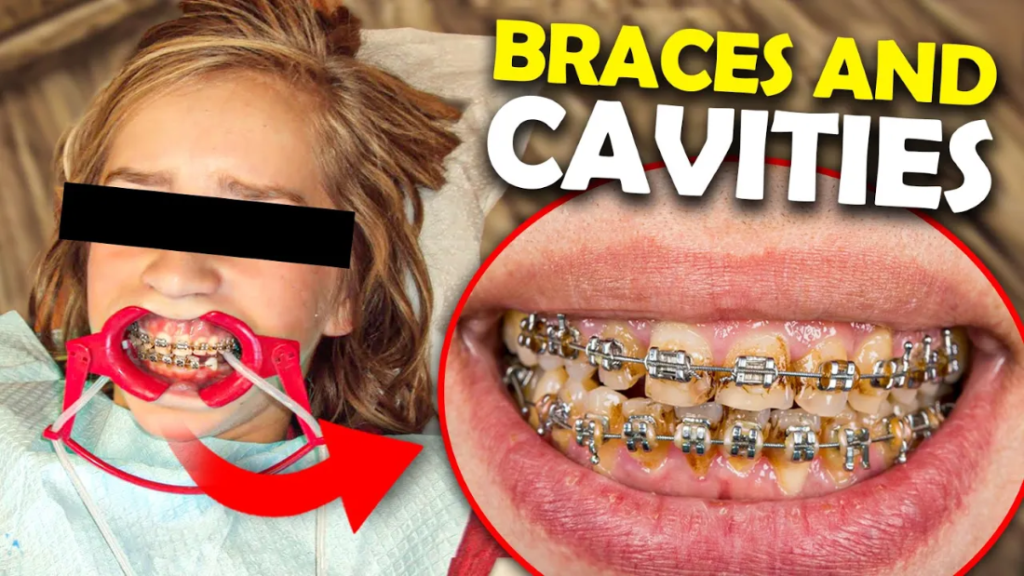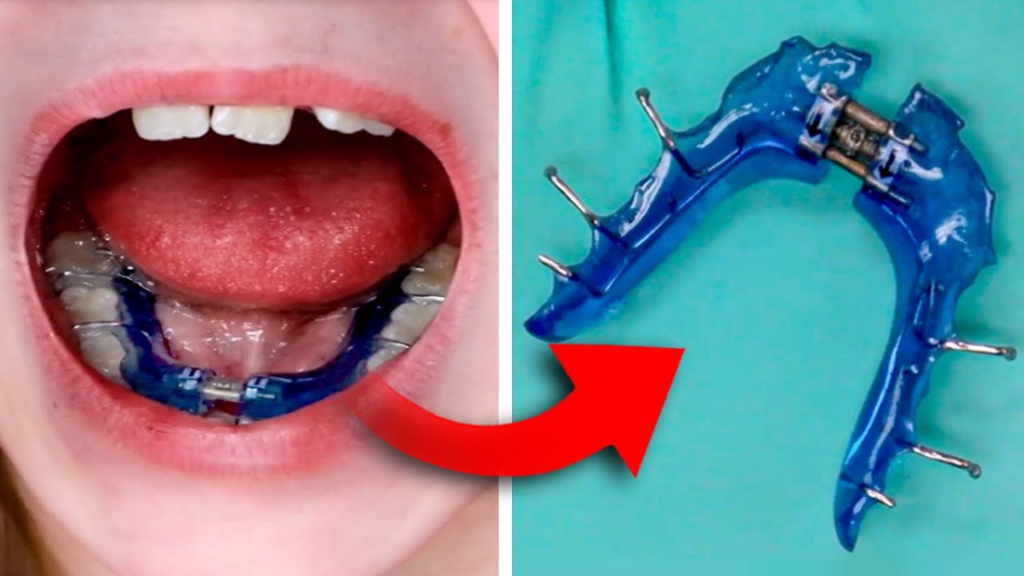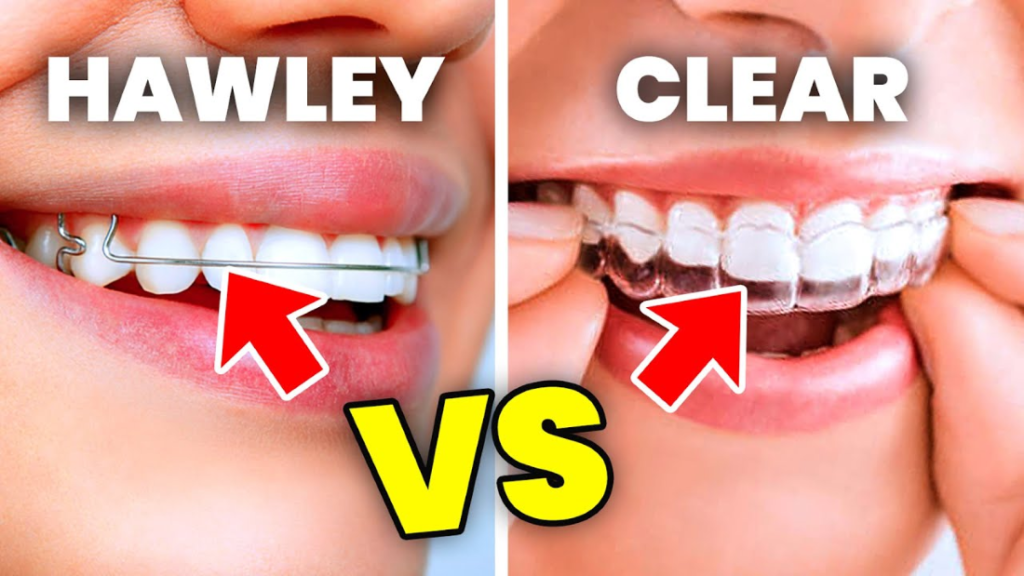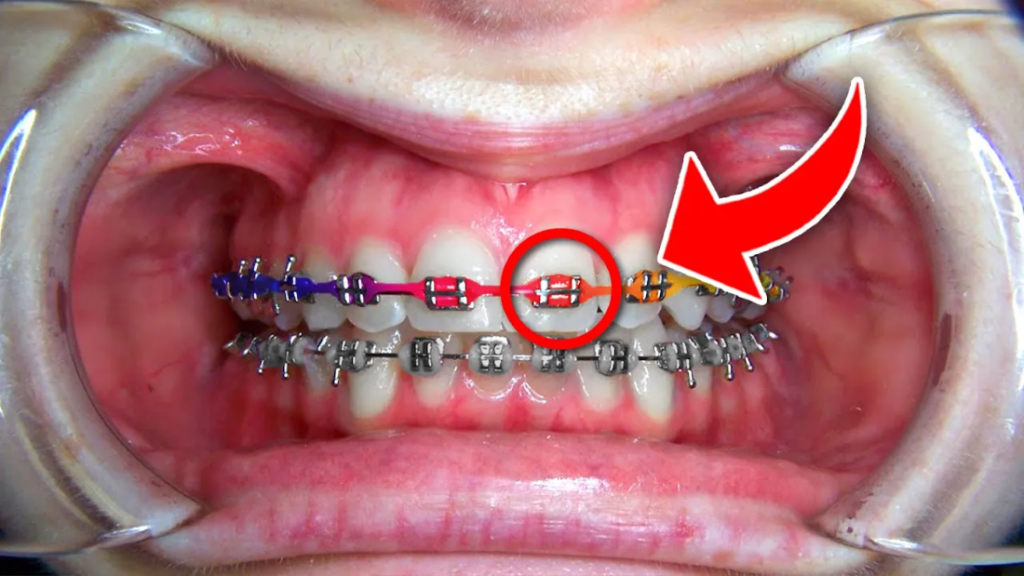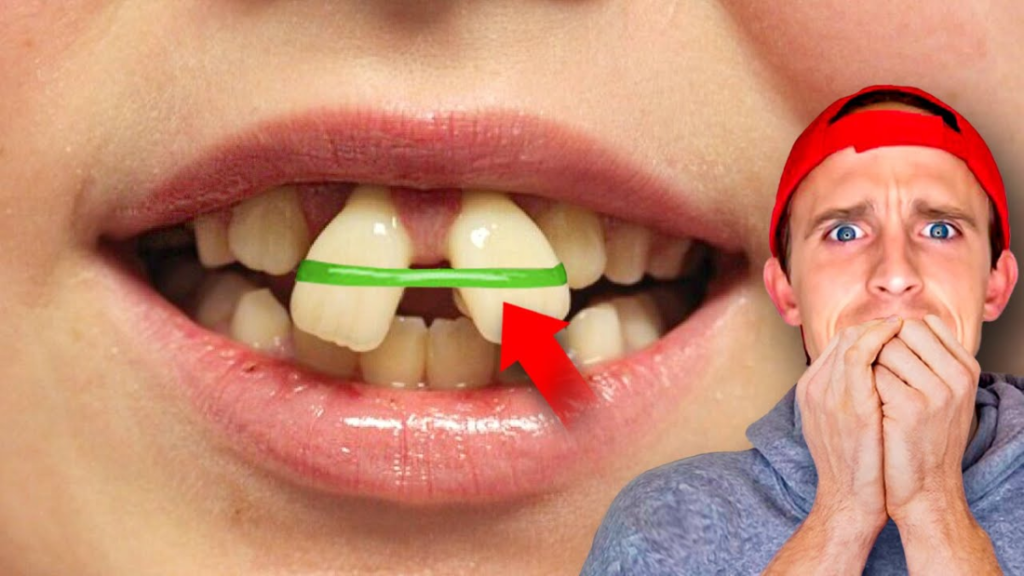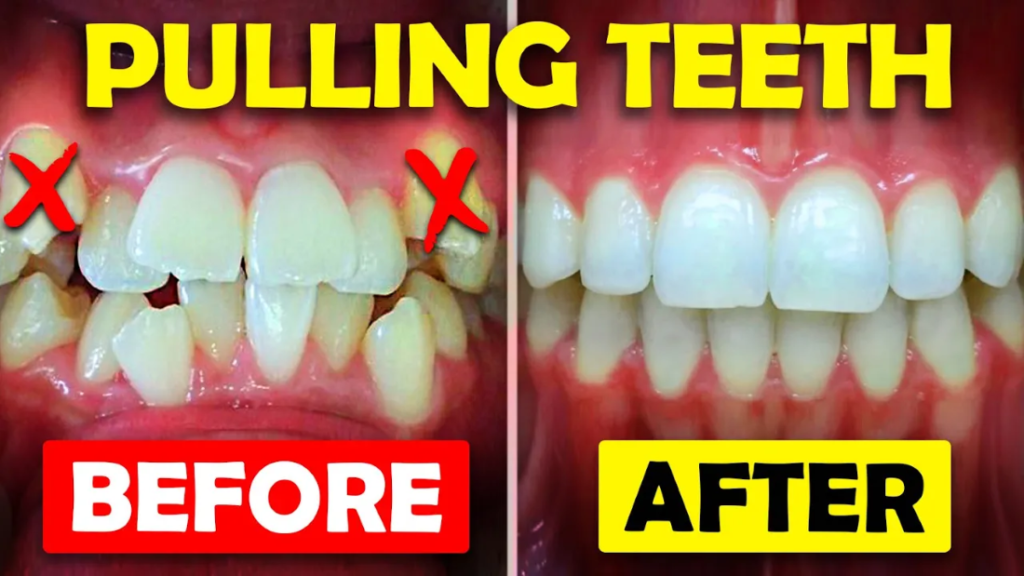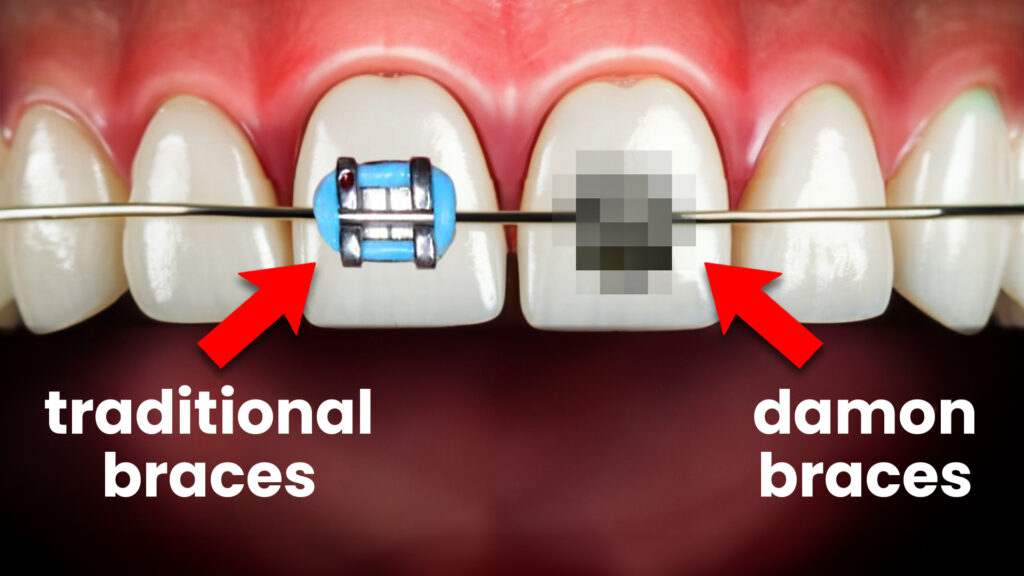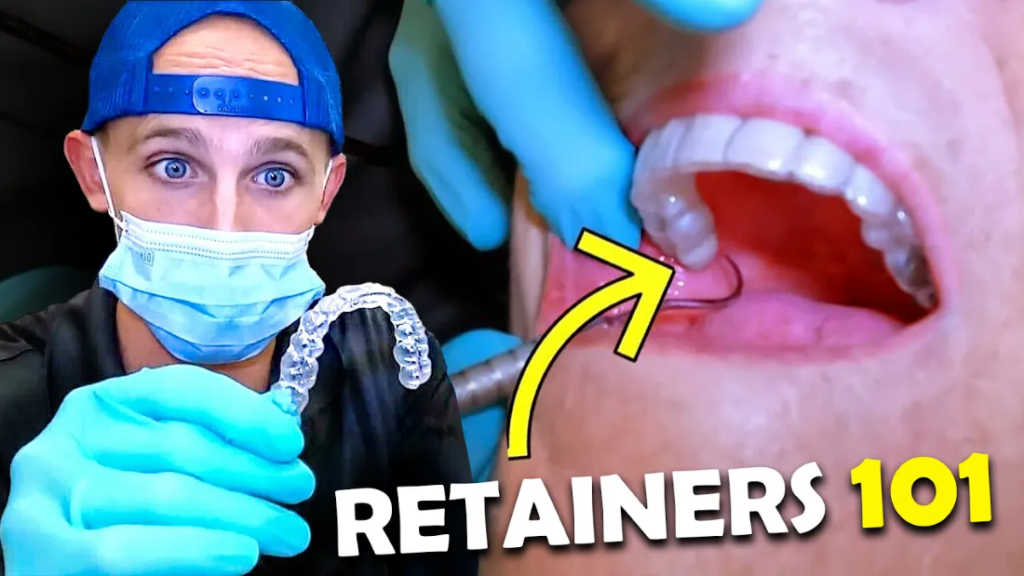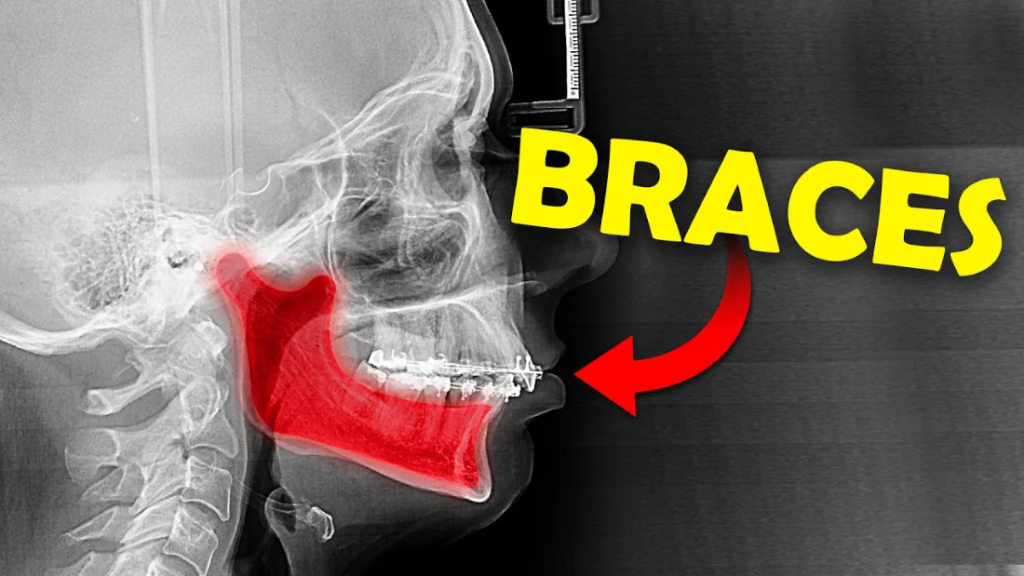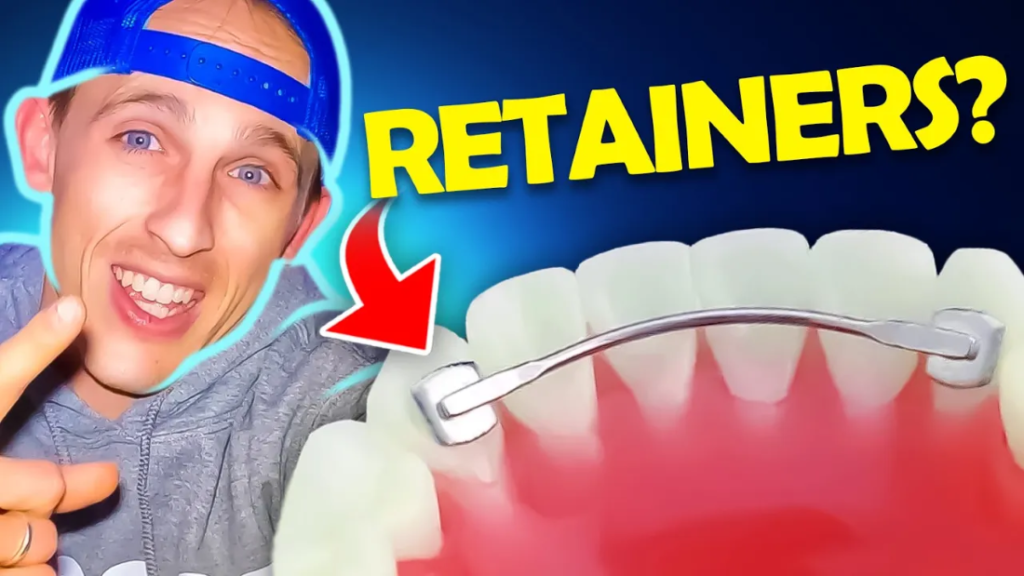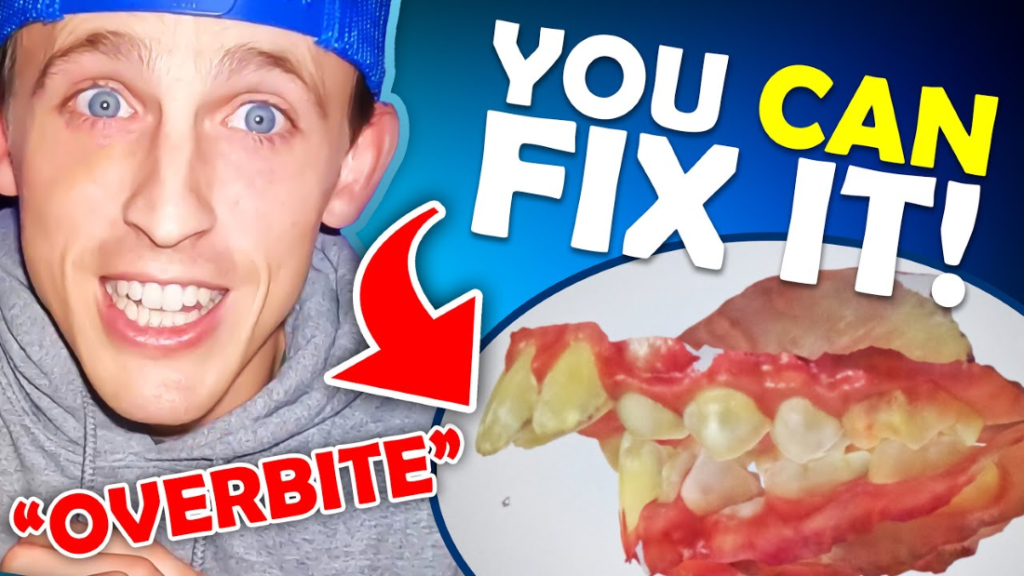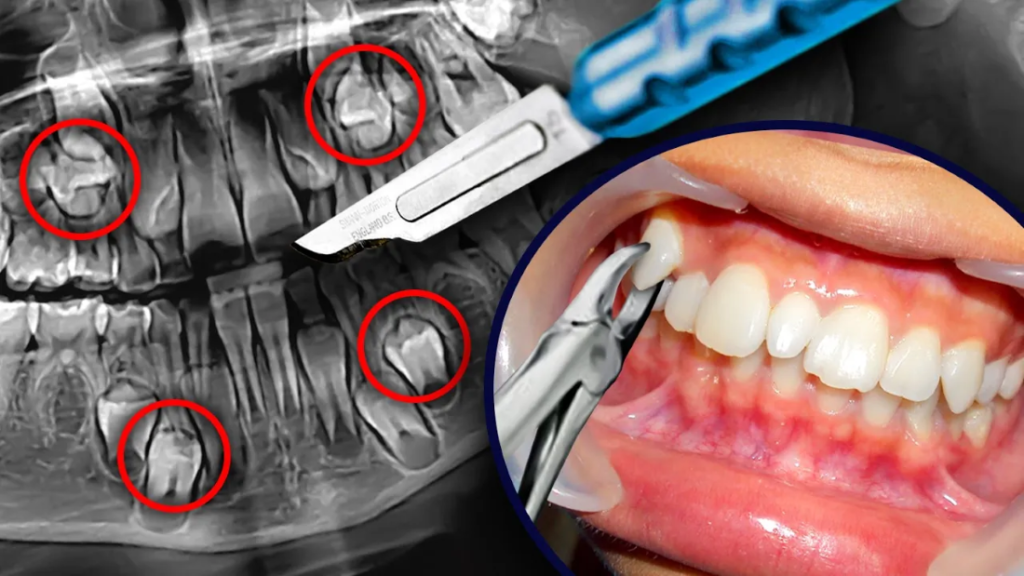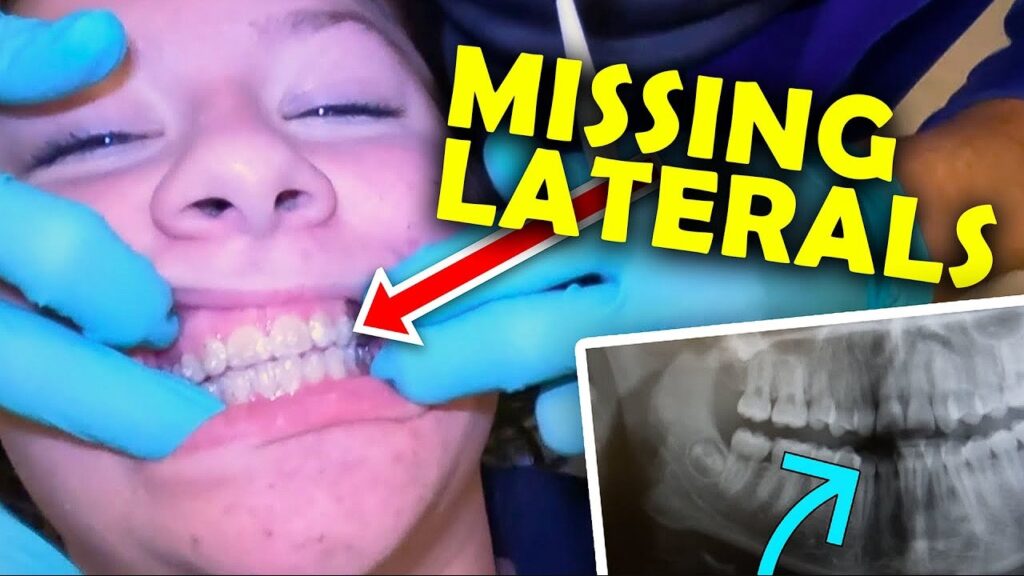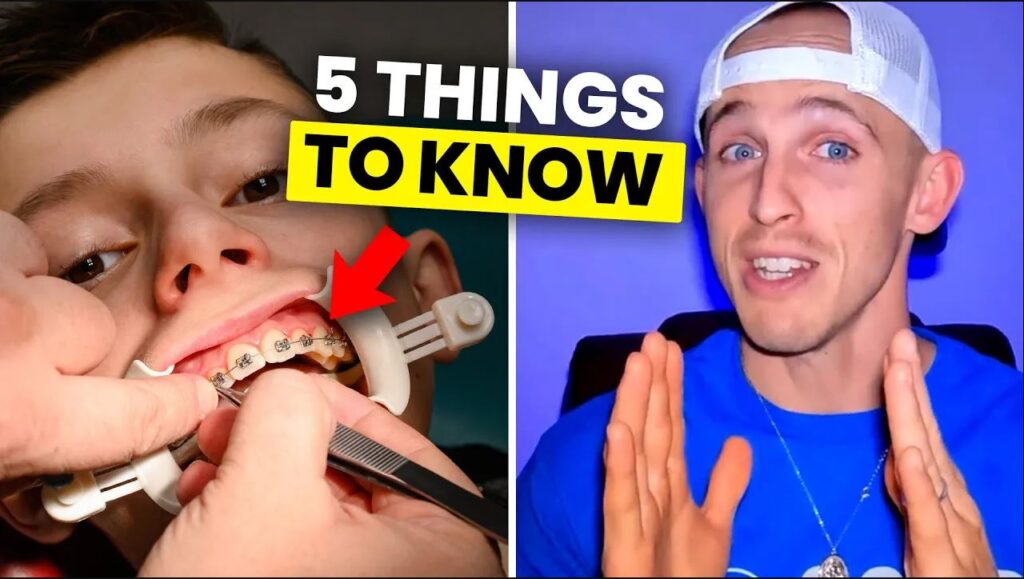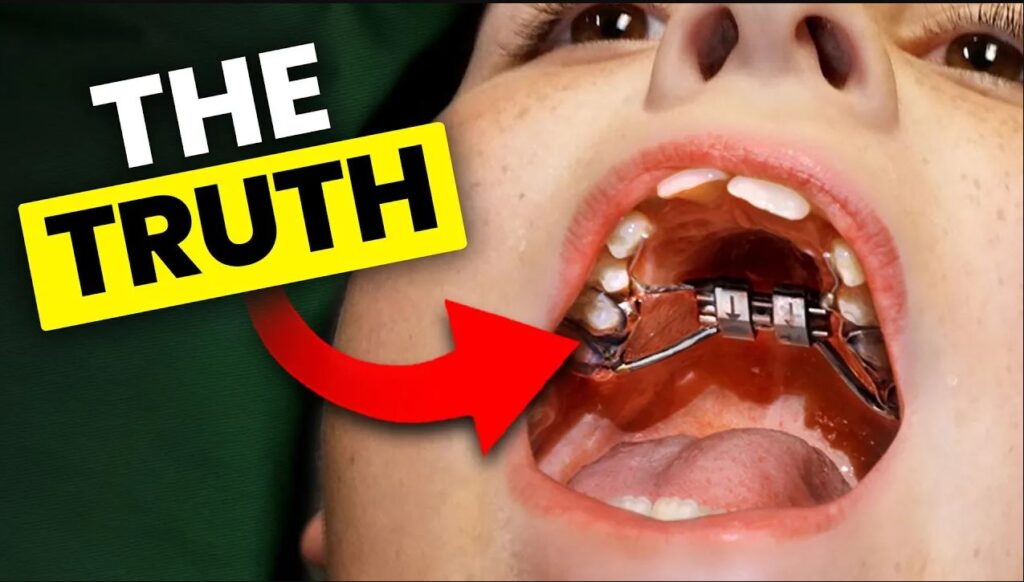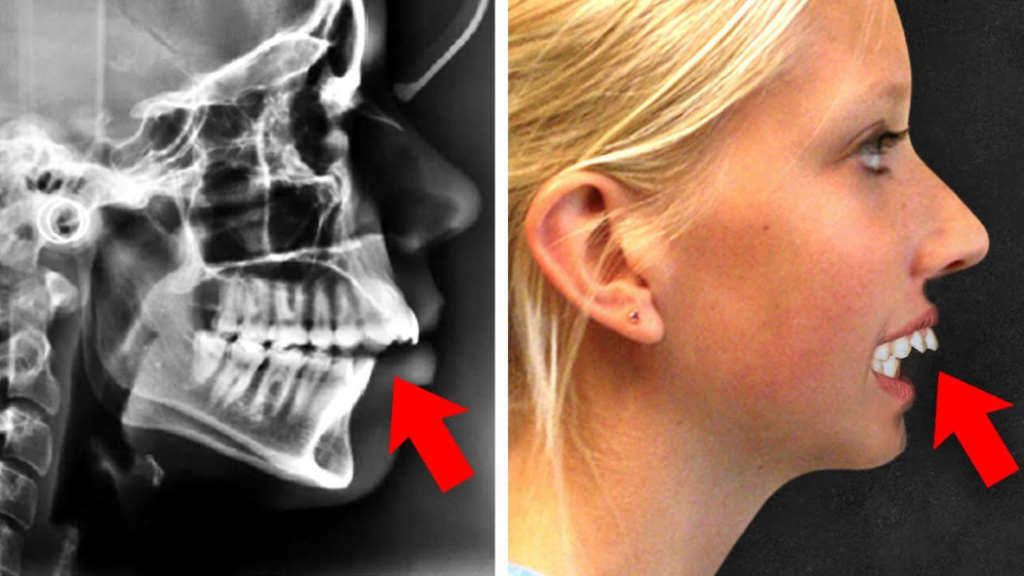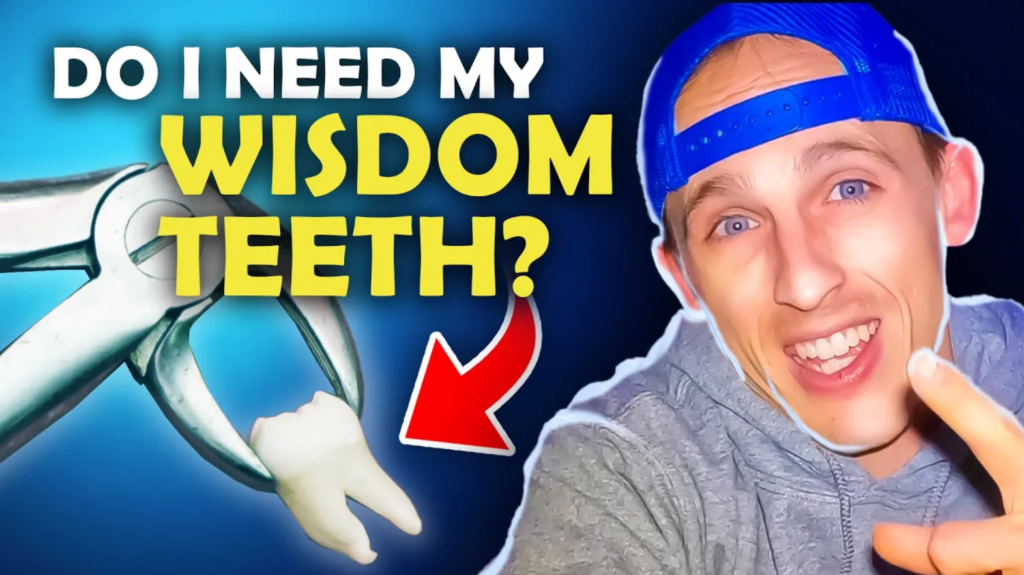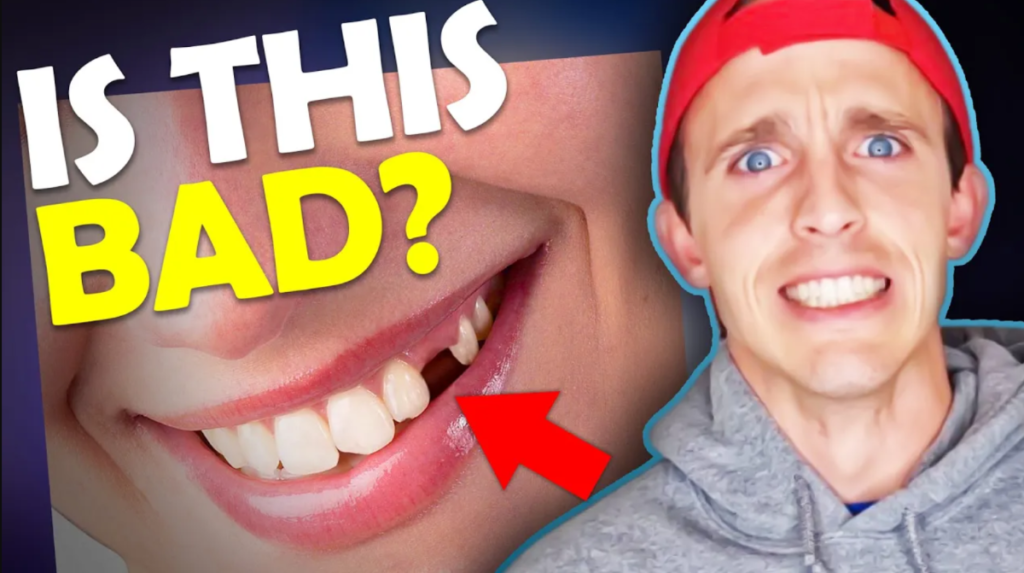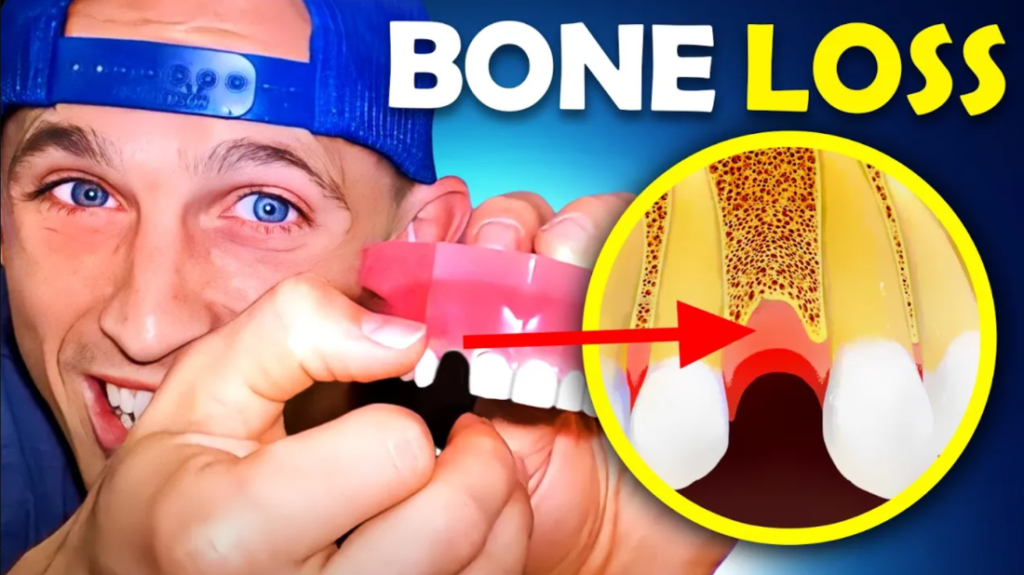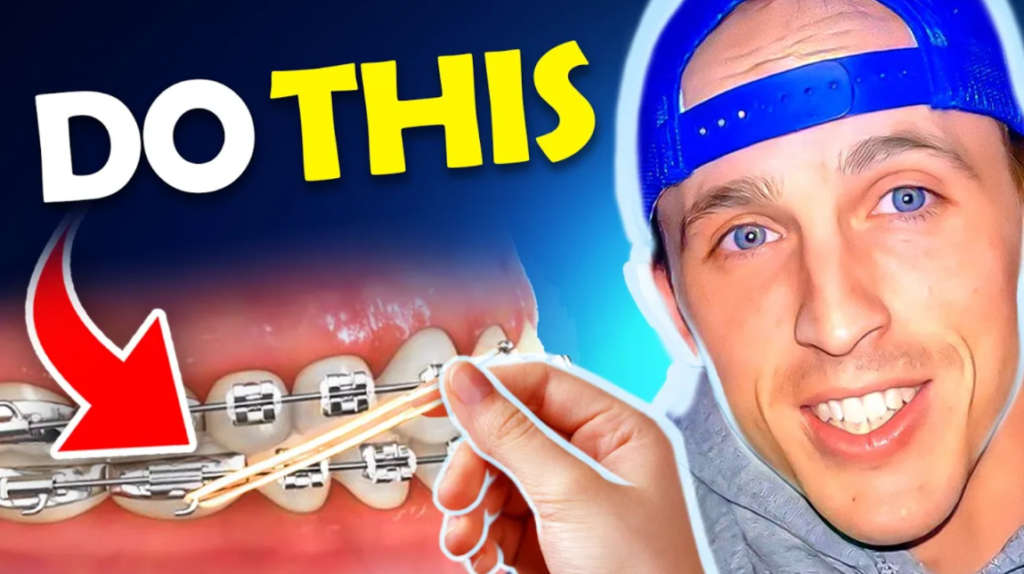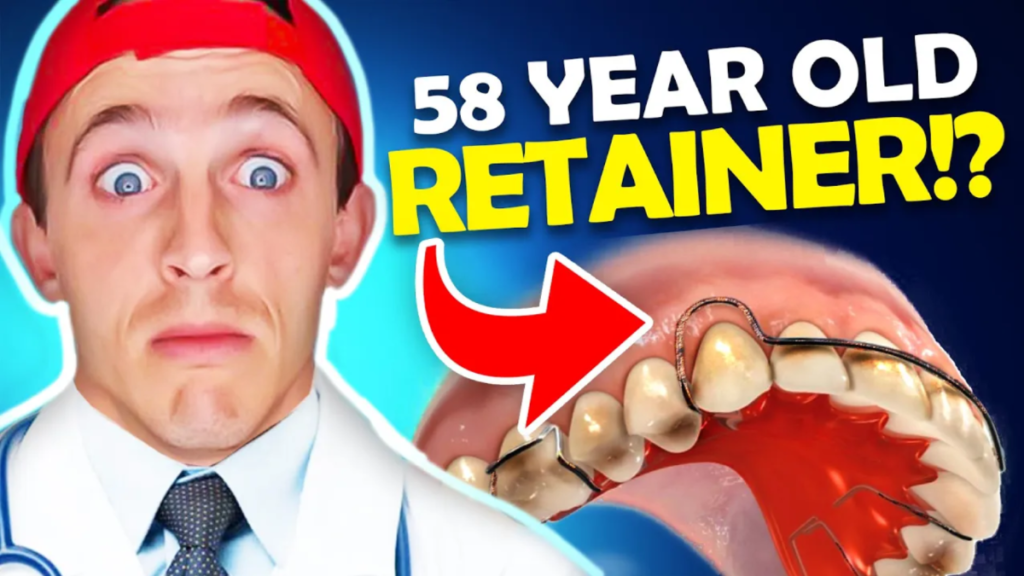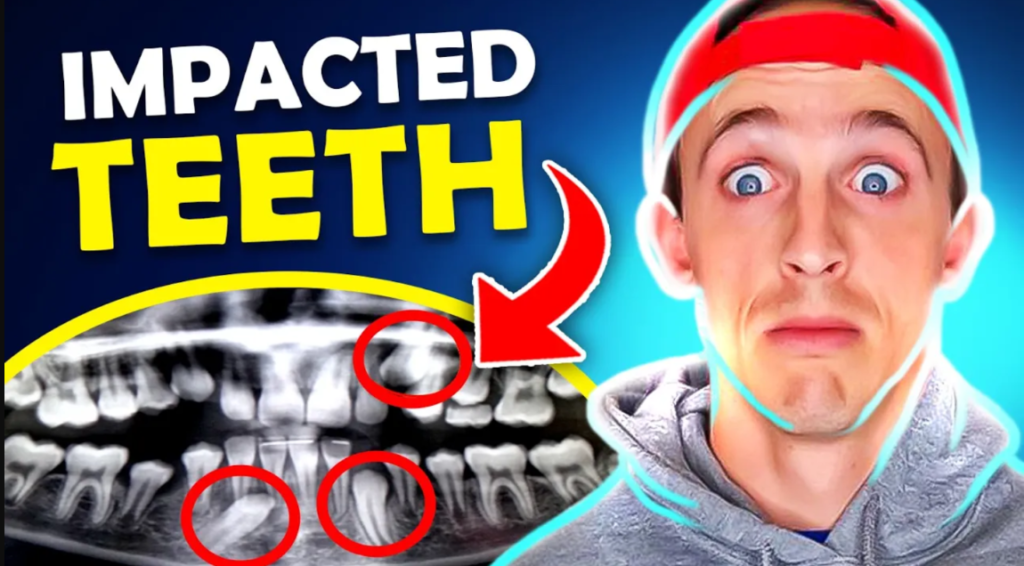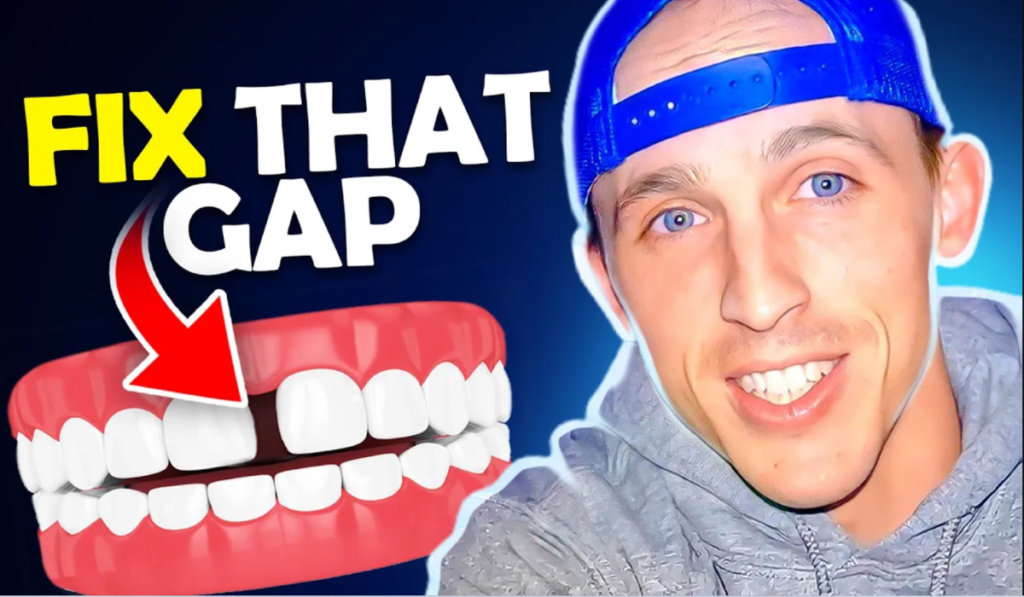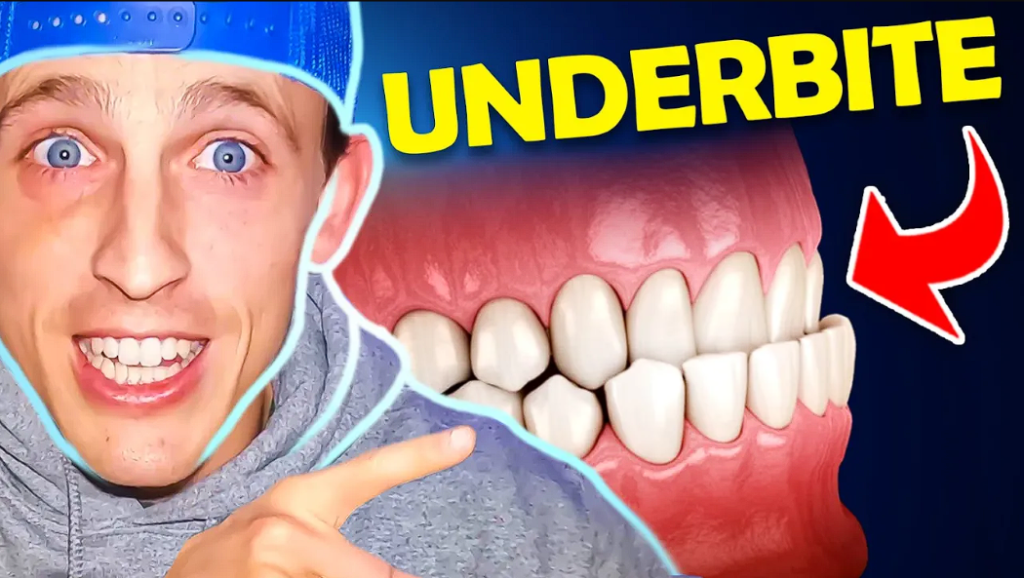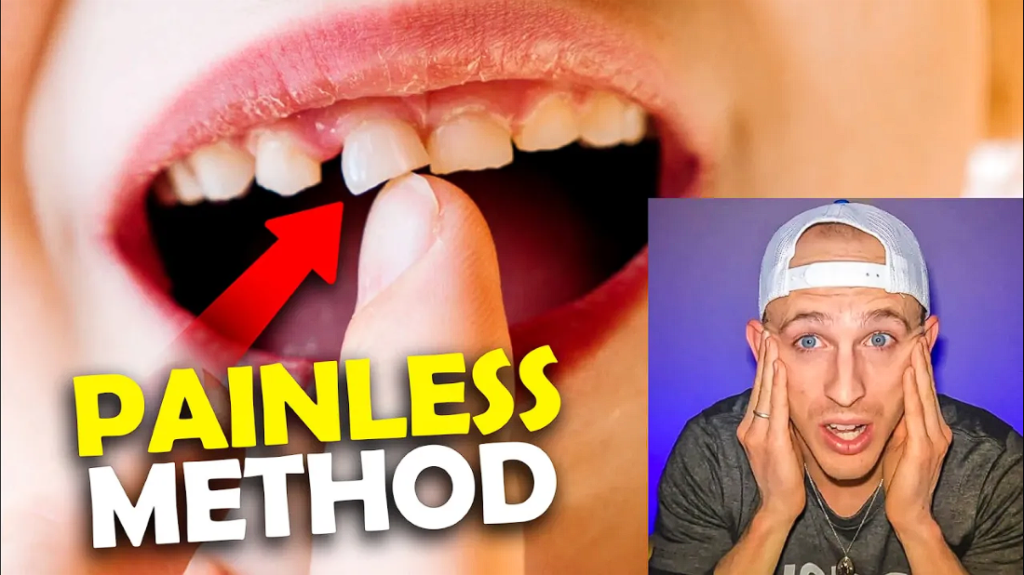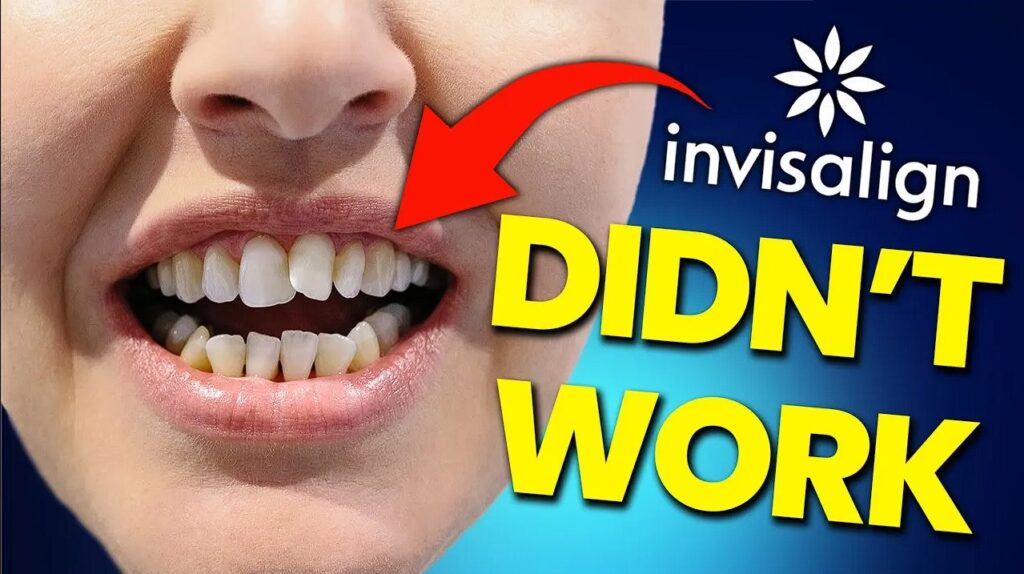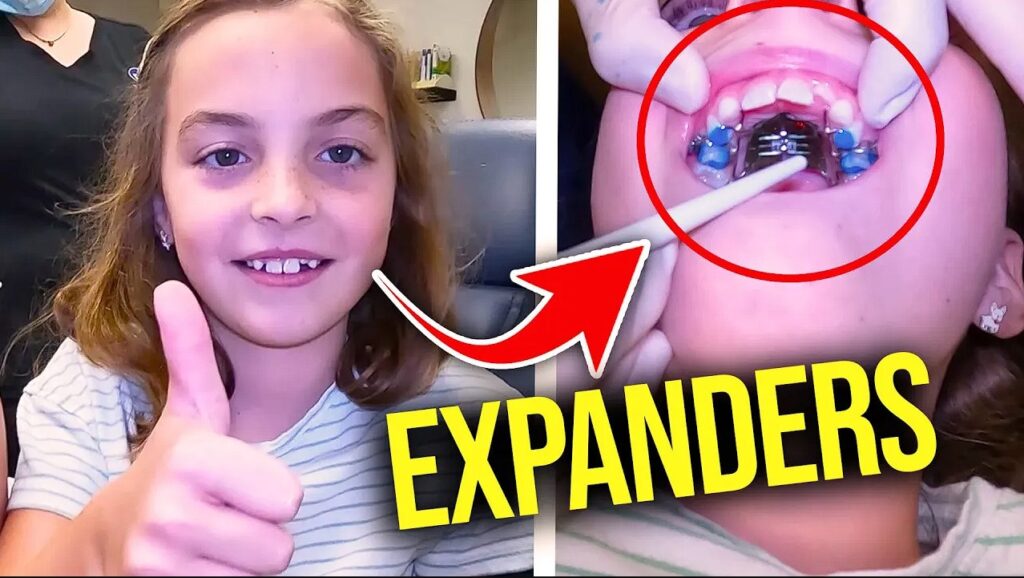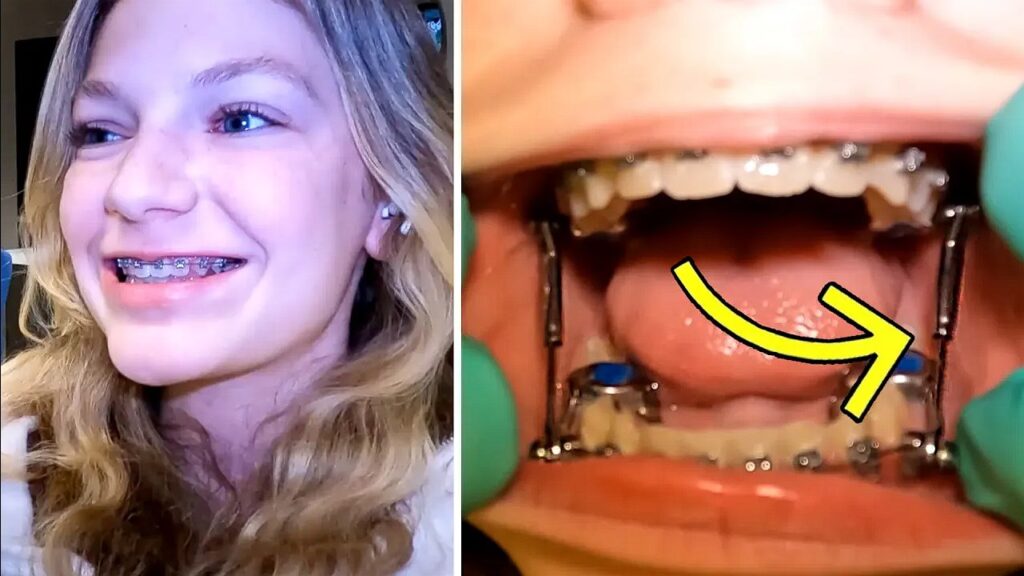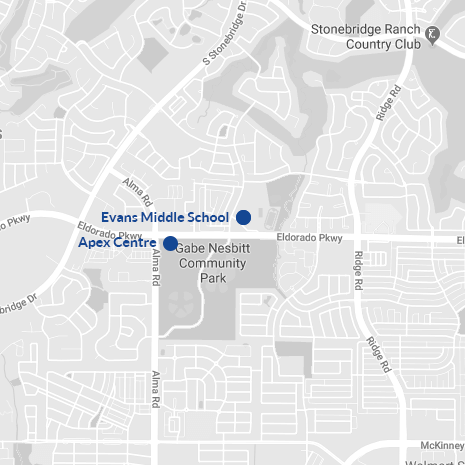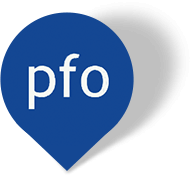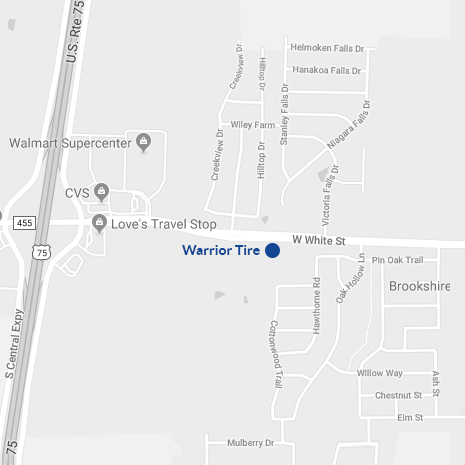Can You Drink Soda with Braces On? Insights from Packard Family Orthodontics in McKinney and Anna, Texas
April 24th, 2024
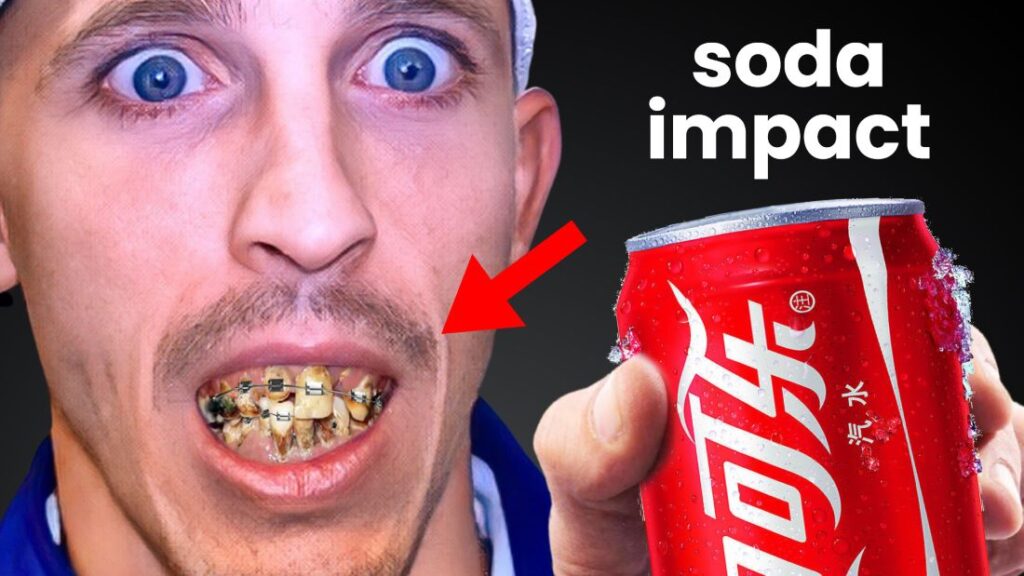
Navigating the do's and don'ts of orthodontic care can often seem overwhelming, especially when it involves your daily diet. A common question that many brace wearers have is whether it's safe to drink soda while undergoing orthodontic treatment. At Packard Family Orthodontics, serving McKinney and Anna, Texas, we understand your concerns and are here to offer expert advice.
The Impact of Soda on Braces
Soda, both diet and regular, contains two main components that can compromise the integrity of your braces and overall oral health: sugar and acid. The sugar in regular soda can contribute to the formation of plaque around your braces, which increases the risk of cavities and gum disease. The acid, present in all sodas, can weaken the enamel and lead to tooth decay.
When you wear braces, maintaining excellent oral hygiene becomes even more critical. Brackets and wires can trap food particles and make it easier for plaque to build up. Consuming soda adds an additional risk because the sugar and acid are more likely to stay in contact with your teeth for longer periods, enhancing the potential for decay.
Alternatives to Soda
Understanding the risks associated with soda consumption during orthodontic treatment, we recommend healthier alternatives to keep your teeth strong and your braces intact. Here are a few suggestions:
- Water: The best beverage for overall oral health. It helps wash away food particles and keeps your mouth hydrated.
- Flavored Water: If you're looking for a bit of flavor, opt for naturally flavored water or infuse water with fruits like lemon, lime, or berries for a refreshing twist.
- Milk: A great source of calcium, which helps strengthen teeth and bones.
- Unsweetened Tea: Contains fluoride, which can help protect against cavities and strengthen enamel.
Tips for Soda Lovers
If you find it challenging to eliminate soda entirely from your diet, here are some tips to minimize the damage while wearing braces:
- Use a Straw: Drinking soda through a straw can help keep the liquid away from your teeth, reducing the exposure to sugar and acid.
- Rinse Your Mouth: After consuming soda, rinse your mouth with water to help neutralize the acids and wash away sugars.
- Limit Consumption: Try to reduce the frequency of soda intake, and consider it an occasional treat rather than a regular part of your diet.
Conclusion
While it might be tempting to indulge in a soda, considering the potential risks to your braces and dental health is crucial. By opting for healthier beverages and following the tips provided, you can ensure that your orthodontic journey is smooth and successful. Remember, taking care of your braces is an investment in your beautiful future smile! Book your consultation with Dr. Packard here!


